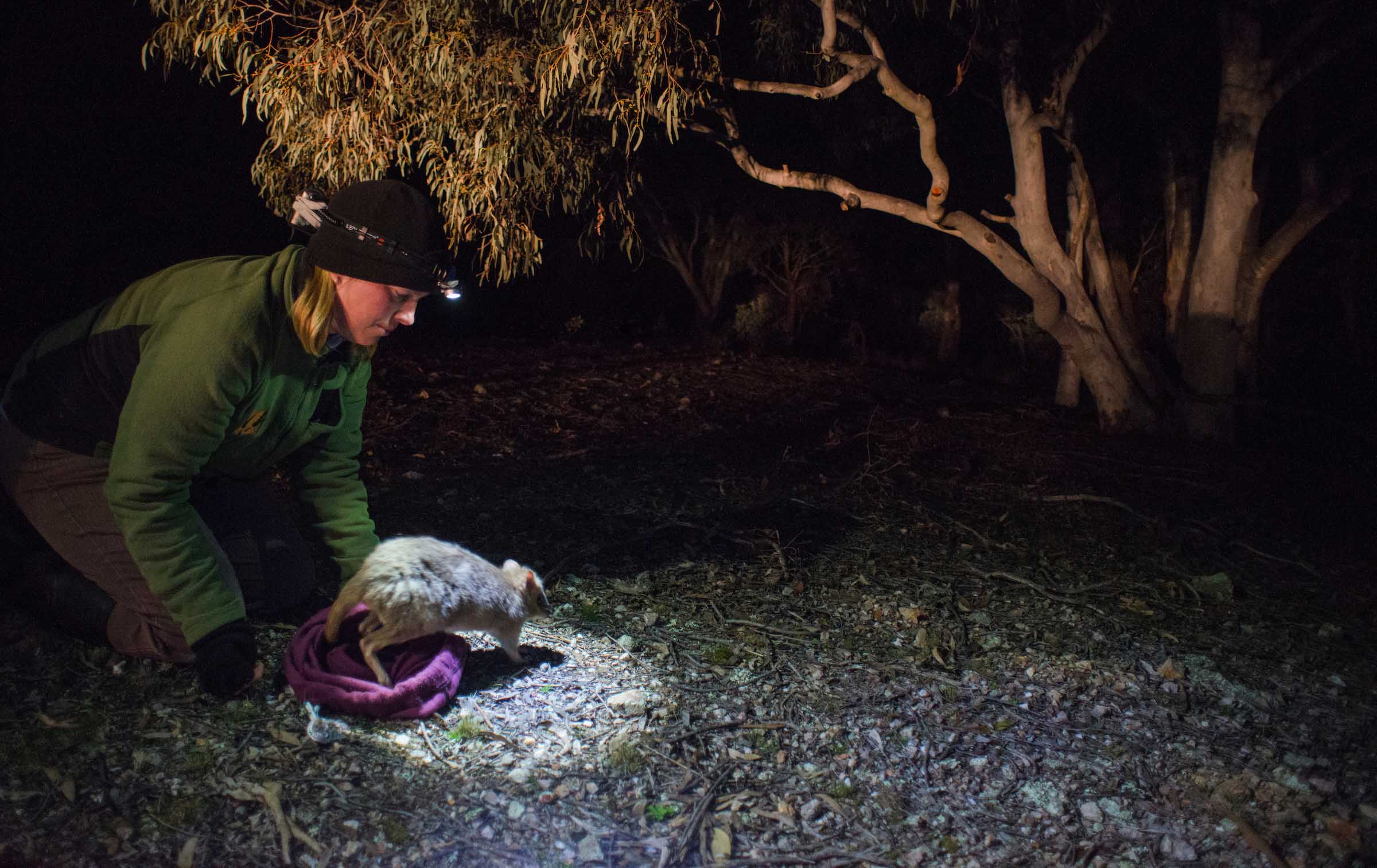Re-engaging nature’s ecosystem engineers
In the gloomy pall of the advancing Anthropocene, it’s nice to hear good news now and again on the environmental front. And such is the case with the release of beaver families back in the wild in the UK.
This is more than simply reintroducing a long lost animal – hunted to extinction in England some four centuries ago – it’s also the acknowledgement of the beaver’s capacity to build dams that officials hope will help with flood control. The beavers’ dam-building stores huge quantities of water and slows peak flows during big floods. In this manner these furry creatures act as ecosystem engineers providing a valued ecosystem service. In doing so, their activity increases the resilience of the social-ecological systems in which they operate, enabling it to better absorb disturbances in the form of floods.
On the other side of the planet, on the outskirts of Australia’s capital city Canberra, a similar experiment is being trialed with the re-introductions of bettongs (also known as rat kangaroos). Bettongs are natural-born diggers, busily burrowing into the earth in pursuit of food. They can dig over 200 holes in a single night, moving some 3 tonnes of soil each year. In the process they improve water infiltration, distribute nutrients and inoculate gum trees with fungi the trees depend upon to grow. They make a significant contribution to the health and resilience of box gum grassy woodlands they inhabit.
The bettongs were wiped out by the exotic feral fox, and they haven’t been seen digging in the woodlands for a hundred years. Those woodlands have long been in steep decline and are now listed as a critically endangered ecosystem. The reintroduction of the bettong can’t happen soon enough. (Fortunately foxes never made it to Tasmania and bettongs can still be found down on the Apple Isle, and it’s from here the bettongs have come.)

Image by Lannon Harley.
Beavers and bettongs are keystone species. Removing or re-introducing them has ramifying effects in the ecosystem, significantly changing both structure and function, akin to the cascading effects of removing top predators.
But don’t count your chickens until they’ve hatched. It’s great seeing these once widespread native animals being brought back into the system to again provide some important ecosystem services. But landscapes aren’t mechanical constructs in which the beaver cog or the bettong cog can simply be put back in when we’ve realized these cogs do important things. Landscapes are complex adaptive systems, and when these ecosystem engineers dropped out (being hunted or preyed upon until they disappeared), the system left behind reorganizes around their absence. A century later (four in the case of the beaver) and the system is now quite different to the one they formerly occupied.
In complex systems (like landscapes) the recovery path of a disturbed ecosystem often isn’t just the reverse of the decline. It usually comes back via a different path and the system may not be the exact same system. Beavers and the dams they produce are unlikely to produce the same landscape as the landscape of four centuries ago. And bettongs are unlikely to restore the full function of woodlands from a hundred years ago.
Both the beaver and the bettong are being reintroduced in fenced off areas so they can be protected and contained, and beyond the fence lies a hostile world. In the case of the bettongs, the threat that removed them from the landscape – the fox – is still present. Until these exotic predators are somehow managed, a bettong-led recovery is highly unlikely.
Yes, we hope for the re-establishment of these ecosystem engineers across the broader landscape. But our optimism about these developments needs to be tempered by the realities of working with complex systems.



